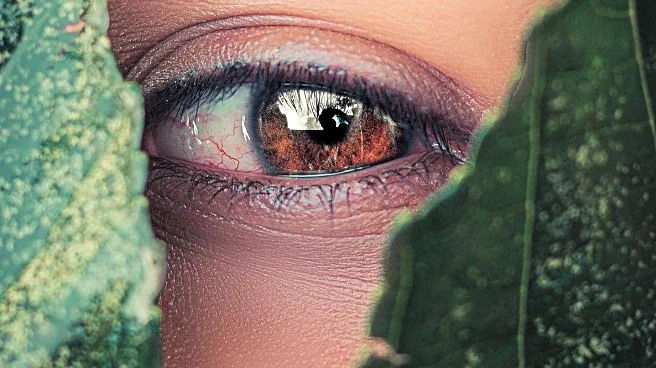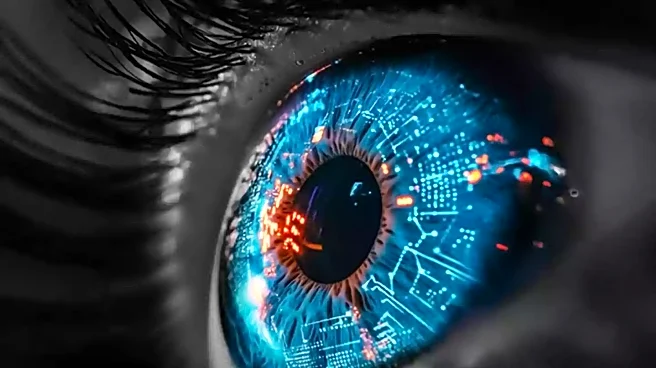What's Happening?
A subconjunctival hemorrhage, characterized by a sudden red blotch on the white of the eye, is typically harmless and resolves on its own within one to two weeks. This condition occurs when a small blood vessel bursts beneath the eye's surface, often due to local causes like eye rubbing or dryness. However, it can also be linked to systemic issues such as high blood pressure or the use of blood-thinning medications. Dr. Shiri Shulman from the Asuta Hashalom Eye Institute notes that while the condition is usually benign, especially in younger individuals, it may indicate underlying health concerns in older adults or if it recurs frequently.
Why It's Important?
Understanding the implications of a subconjunctival hemorrhage is crucial for both patients and healthcare providers. While the condition itself is not dangerous, it can serve as a warning sign for more serious health issues, particularly in older adults. High blood pressure, diabetes, and other vascular conditions can increase the risk of such hemorrhages, highlighting the importance of monitoring these health parameters. For individuals on blood thinners, the condition may appear more pronounced, necessitating careful management of medication and regular health check-ups.
What's Next?
For those experiencing recurrent subconjunctival hemorrhages, medical evaluation is recommended to rule out systemic health issues. Monitoring blood pressure and managing any underlying conditions are essential steps. Patients are advised to avoid eye irritation and maintain proper eye hygiene, especially if using contact lenses. If the red patch persists beyond two to three weeks or is accompanied by pain or vision changes, seeking medical advice is crucial.
Beyond the Headlines
The condition underscores the interconnectedness of ocular health and systemic health, emphasizing the need for a holistic approach to healthcare. It also highlights the impact of lifestyle factors, such as screen time and environmental conditions, on eye health. As digital device usage increases, awareness of eye strain and its potential consequences becomes increasingly important.











